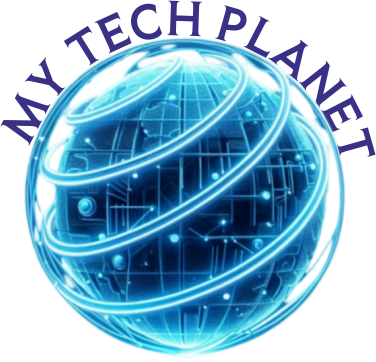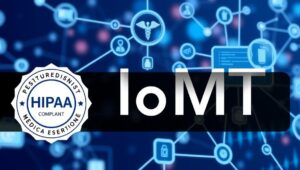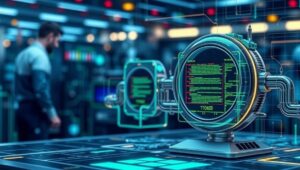May 24, 2025
The Future of Wi-Fi: Faster, More Reliable Connections (Wi-Fi 7/8 – 2025+)
The Future of Wi-Fi: Faster, More Reliable Connections (Wi-Fi 7/8 – 2025+) The world is becoming increasingly connected, and our reliance on Wi-Fi is only growing. As we stream more videos, download larger files, and connect more devices to our networks, the demand for faster and more reliable Wi-Fi is constantly increasing. The good news is that the future of Wi-Fi is looking bright, with new standards like Wi-Fi 7 and Wi-Fi 8 promising to deliver significant improvements in speed, reliability, and efficiency. Wi-Fi 7: What to Expect Wi-Fi 7, also known as IEEE 802.11be, is the next generation of













